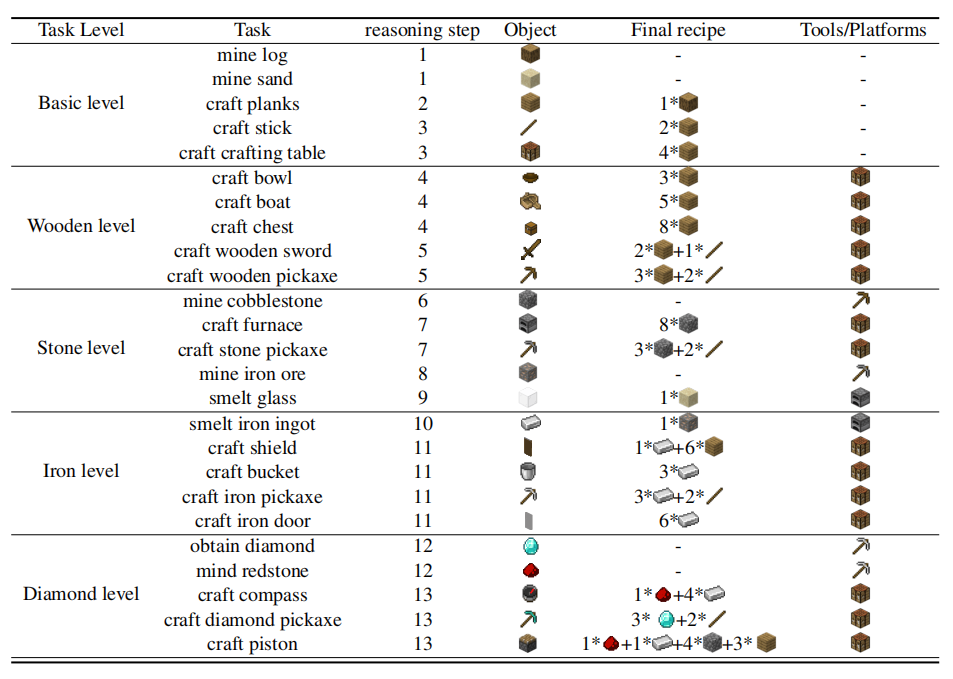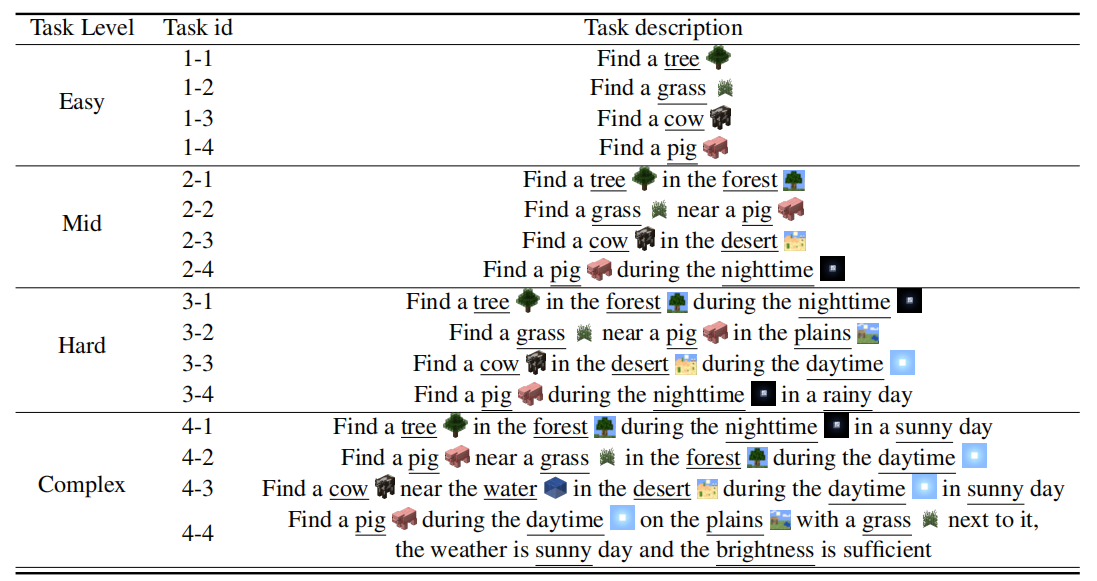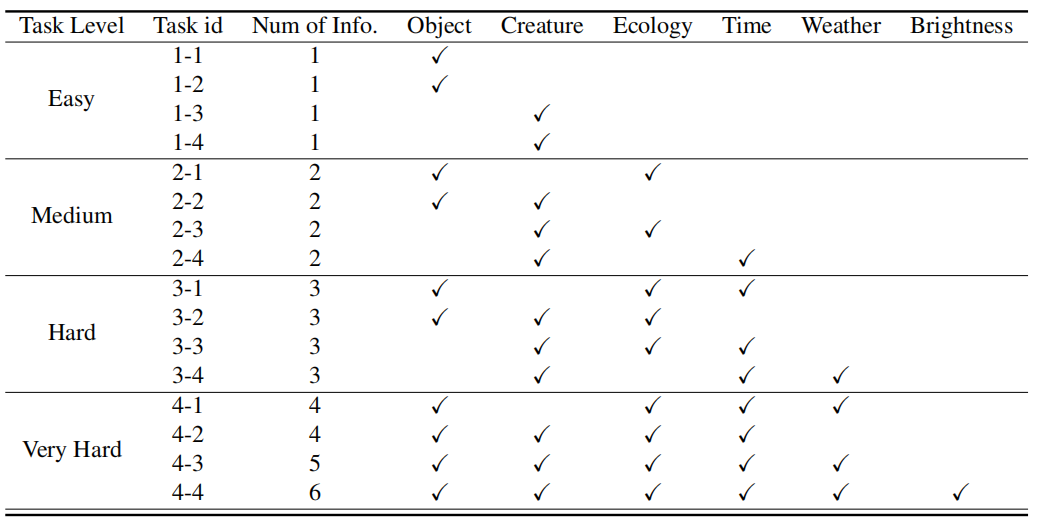
It is a long-lasting goal to design an embodied system that can solve long-horizon open-world tasks in human-like ways. However, existing approaches usually struggle with compound difficulties caused by the logic-aware decomposition and context-aware execution of these tasks. To this end, we introduce MP5, an open-ended multimodal embodied system built upon the challenging Minecraft simulator, which can decompose feasible sub-objectives, design sophisticated situation-aware plans, and perform embodied action control, with frequent communication with a goal-conditioned active perception scheme. Specifically, MP5 is developed on top of recent advances in Multimodal Large Language Models (MLLMs), and the system is modulated into functional modules that can be scheduled and collaborated to ultimately solve pre-defined context- and process-dependent tasks. Extensive experiments prove that MP5 can achieve a 22% success rate on difficult process-dependent tasks and a 91% success rate on tasks that heavily depend on the context. Moreover, MP5 exhibits a remarkable ability to address many open-ended tasks that are entirely novel.






In this paper, we propose a novel multi-modal embodied system termed MP5 which is driven by frequently ego-centric scene perception for task planning and execution. In practice, it is designed by integrating five functional modules to accomplish task planning and execution via actively acquiring essential visual information from the scene. The experimental results suggest that our system represents an effective integration of perception, planning, and execution, skillfully crafted to handle both context- and process-dependent tasks within an open-ended environment.
@inproceedings{qin2024mp5,
title={Mp5: A multi-modal open-ended embodied system in minecraft via active perception},
author={Qin, Yiran and Zhou, Enshen and Liu, Qichang and Yin, Zhenfei and Sheng, Lu and Zhang, Ruimao and Qiao, Yu and Shao, Jing},
booktitle={2024 IEEE/CVF Conference on Computer Vision and Pattern Recognition (CVPR)},
pages={16307--16316},
year={2024},
organization={IEEE}
}